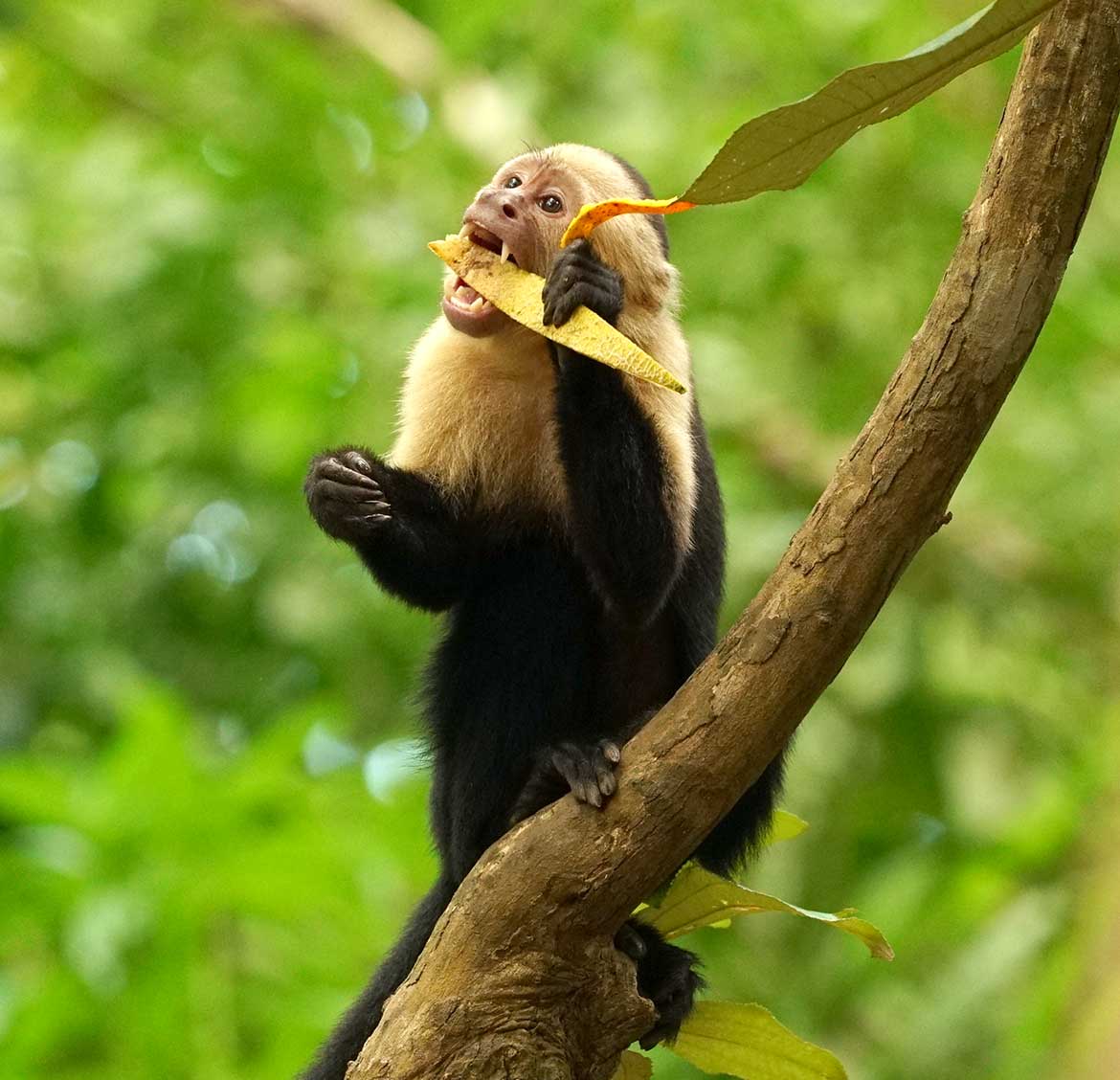Mauris blandit aliquet elit eget.
There are numerous reforestation programs that offset individual carbon footprints through planting. Unfortunately, many of these initiatives are only quantitative.
Some programs are based on monocultures or even commercial trees such as teak. This means reforesting entire tracts of land (e.g. desert areas in Africa) with often the same trees or even plantations that are processed into timber after 10-15 years of growth.
This only helps in the short term and stops erosion.
Unfortunately, this also depletes the soil and does not increase biodiversity at all – neither for plants nor wildlife. These can only find a basis for life in a well-varied and natural forest.
Moreover, most projects are mainly about vegetation. There is also usually no regular maintenance which means that after a few years, up to 90% of the stock can be lost.
WILDLIFE FRUITS focuses on quality rather than quantity.
WILDLIFE FRUITS therefore takes a different approach and focuses on quality rather than quantity. Through sponsorship, we also try to raise awareness among our tree adopters and partners. We therefore mainly plant trees that provide wildlife with food and shelter.
The project monitors planting quality and steady growth through regular care, organic manure and manual weed removal – especially in the important first three years after a new planting. Endangered trees are also planted to increase diversity to ensure their survival.

Share This Story, Choose Your Platform!
STAY IN THE LOOP
Subscribe to our free newsletter.
[fusion_form form_post_id=”4569″ margin_bottom=”0″ hide_on_mobile=”small-visibility,medium-visibility,large-visibility” /]




